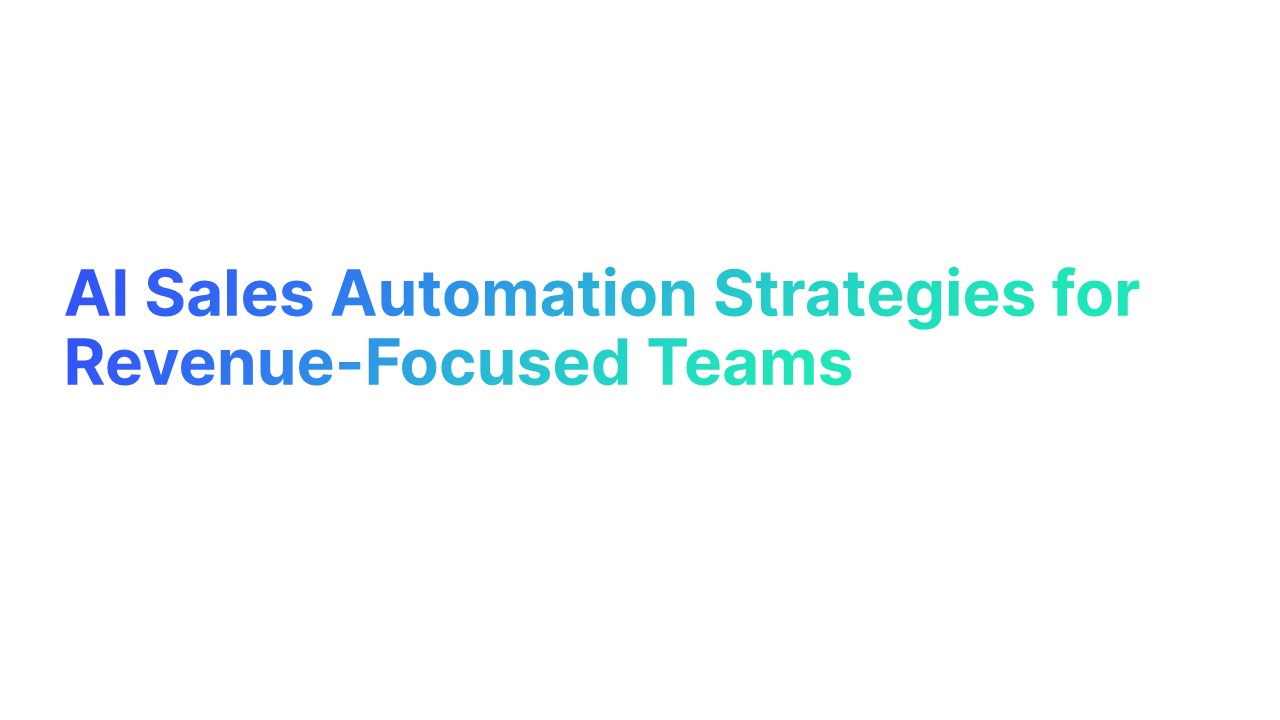Introduction to Cold Emailing

What is a Cold Email?
A cold email is a type of email sent to a potential contact or a prospective customer with whom you've had no prior relationship.
It's essentially reaching out to someone who may not be expecting your message, to initiate a conversation, make a sale, network, or any other goal that involves creating a new business opportunity.
Example
Imagine you've made a new tool that helps teams manage their work better. You find a project manager at a tech company who might like your tool. You send them a message explaining what your tool does, and how it can help make their work easier, and offer them to try it out for free.
This first message you send is called a cold email because you and the project manager have never talked before.
Cold Email Example
What are the Benefits of Cold Emailing

Cold emailing stands out for its cost-effectiveness and ability to reach a broad audience with minimal resources. But its advantages extend far beyond cost savings.
1. High ROI
It's an efficient channel, with businesses seeing an average ROI of 4200%. This high return makes it an attractive option for companies of all sizes.
2. Direct Access to Decision-Makers
Cold emails can directly reach the inboxes of CEOs, managers, and other decision-makers, bypassing traditional gatekeepers.
Direct communication accelerates the sales process, making it possible to initiate business relationships more swiftly.
3. Scalability
Whether you're reaching out to 10 or 10,000 potential leads, the effort remains relatively the same thanks to automation and email marketing platforms.
Tools like CRM systems can automate email personalization at scale, ensuring that each recipient feels the message is crafted just for them.
4. Measurable and Optimizable
Every aspect of a cold email campaign can be measured, from open rates to final conversions.
Marketers can use this data to continually refine their approach, improving the effectiveness of their campaigns over time.
5. Building Relationships
Beyond generating immediate sales, cold emailing serves as a foundation for building long-term relationships with potential clients, industry peers, and influencers.
By offering value and relevant information from the first interaction, businesses can establish trust and credibility, laying the groundwork for future collaborations and sales.
How Cold Emailing Has Evolved Over Time
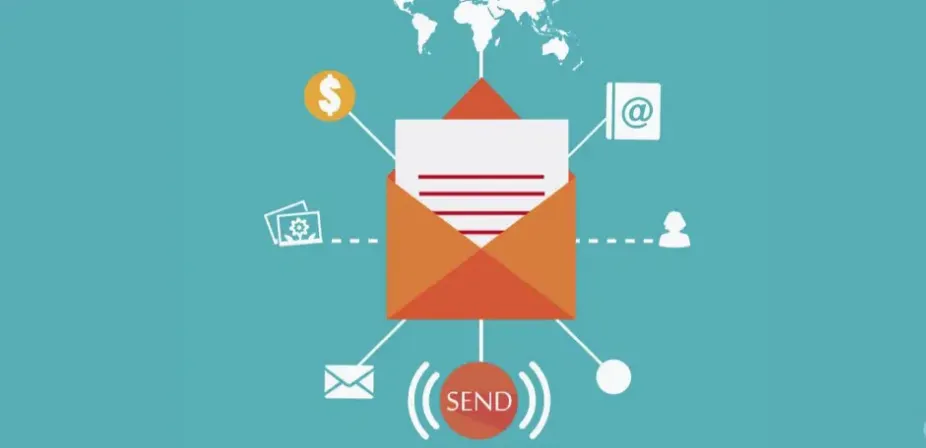
Cold emailing has changed a lot. It used to be sending the same message to lots of people without really thinking about who they were.
Now, it's more about talking directly to someone, like writing a letter to a specific person because you think they might like what you have to offer.
- From Bulk to Personal: Cold emails now use details about you to make the message feel more personal. This could be your name, your job, or something you're interested in.
- Smart Tools: Some tools help send these emails at the best time and follow up if you don't reply. This makes sure people see the message.
- Better Writing: People have learned what works and what doesn't. Now, cold emails are usually shorter and get to the point faster.
What is the Best Time to Send Cold Emails

Best Days to Send Cold Emails:
- Midweek: Tuesday, Wednesday, and Thursday are generally the best days to send cold emails. People are usually more settled into their workweek and more likely to pay attention to new emails.
- Avoid Mondays and Fridays: Mondays are typically busy as people are planning their week, and on Fridays, they are winding down, making them less responsive to cold outreach.
Optimal Times of Day:
- Morning Hours: Sending emails early in the morning, around 8 AM to 9 AM, can catch people as they begin their day and go through their inboxes.
- After Lunch: Another effective time is after lunch, around 1 PM to 2 PM, when people return to their desks and check their emails again.
Consider Time Zones: If your audience is spread across different time zones, consider segmenting your email list accordingly. This ensures that your email arrives at the optimal local time for each recipient.
Does Cold Email End Up in Spam Folders?
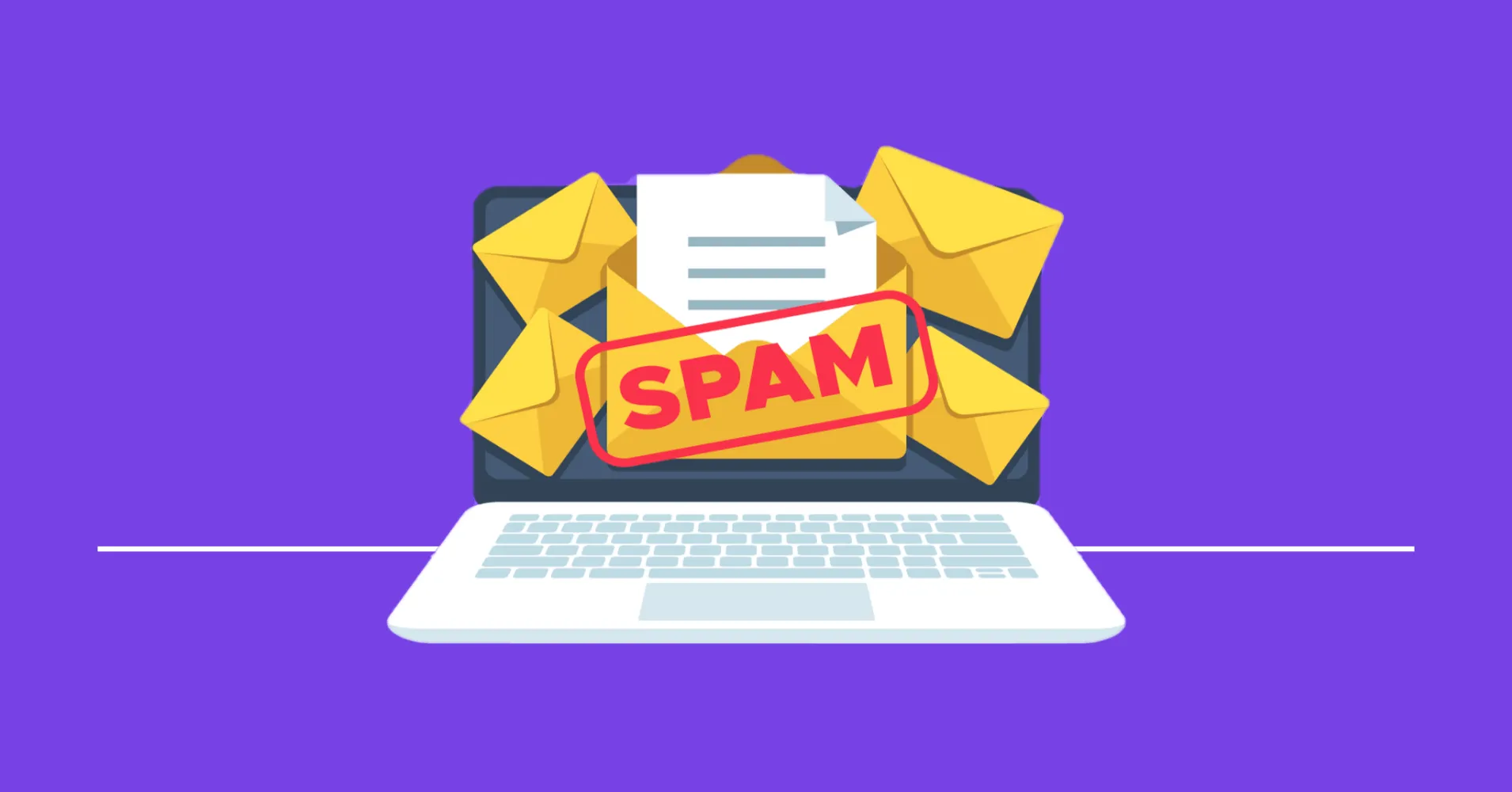
Yes, sometimes cold emails end up in spam, but it doesn't have to be that way. There are reasons why this happens and ways to avoid it.
Reasons Cold Emails Go to Spam:
- Not personalized Message: If an email doesn't look like it's just for you, it might be marked as spam.
- Too many emails at once: Sending lots of emails at the same time can trigger spam filters.
- Spammy words: Certain words make an email look like spam.
How to Avoid the Spam Folder:
- Personalize your emails: Use the person's name and mention something specific about them.
- Warm up your email account: Start by sending a few emails and gradually increase the number.
- Mind your language: Avoid words that are commonly used in spam emails like "Buy now" or "Free offer"
- Clean Your Email List: Regularly remove unengaged subscribers to maintain a healthy engagement rate.
- Follow Email Marketing Best Practices: Include a clear unsubscribe link, use a professional email address, and make sure your emails provide value.
Statistics show that emails with personalized subject lines are 26% more likely to be opened. Also, keeping your email list clean and updated can reduce the chance of ending up in spam by up to 50%.
By understanding the 'why' and 'how' behind cold email strategies, you can significantly improve your chances of reaching the inbox and getting your message across.
How to Write a Cold Email

Writing an effective cold email involves several key steps and considerations to ensure it captures the recipient's attention, conveys your message clearly, and prompts a positive response
1. Research Your Recipient
Understanding who you're emailing is the first step to a successful cold email.
- Look into their professional background: Use LinkedIn to find recent achievements or interests.
- Identify pain points: Explore their company website or news articles for challenges they might be facing.
Personalization increases the relevance of your email, making the recipient more likely to engage.
2. Craft a Compelling Subject Line
Your subject line decides whether your email gets opened or ignored.
- Be clear and concise: Aim for subject lines that are direct and offer a clear benefit.
- Use personalization: Including the recipient's name can increase open rates by up to 22% (Campaign Monitor).
A personalized subject line stands out in a crowded inbox, signaling to the recipient that the email contains information specifically tailored to them.
Example: Sarah, Boost Your Team's Productivity by 30% with Our Solution
3. Personalize the Opening Line
The opening line sets the tone for the rest of your email.
- Reference a recent event: Mention a recent company achievement or a mutual connection.
- Ask a relevant question: This can pique interest and prompt a response.
Starting with personalization shows you’ve taken the time to understand them, fostering goodwill.
Example: Hi Sarah, I noticed Tech Innovations Inc. recently celebrated its 5th anniversary - congratulations on reaching such a significant milestone!
4. Introduce Yourself and Your Purpose
Be transparent about who you are and why you're reaching out.
- Keep it brief: State your name, your role, and your company.
- Link to your purpose: Connect your introduction to the reason for your email.
Example: As a [Your Position] at [Your Company], I’ve helped businesses like yours achieve [Specific Benefit].
5. Highlight the Value Proposition
Explain why your offer is worth their time.
- Address their needs: Use your research to tailor your value proposition.
- Support with data: “Clients see an average improvement of X% in [Metric],” to add credibility.
Concrete benefits backed by data make your offer more compelling.
6. Include a Clear Call to Action (CTA)
Tell the recipient exactly what you want them to do next.
- Be specific and simple: “Could we schedule a 15-minute call next week to discuss this further?”
- Limit to one action: This focuses their decision-making and increases the likelihood of a response.
A clear CTA reduces ambiguity and makes it easy for the recipient to take the next step.
7. Proofread and Test
Errors can undermine the professionalism of your email.
- Double-check grammar and spelling: Tools like Grammarly can help.
- Test links: Ensure all hyperlinks in your email are functioning correctly.
A well-polished email reflects positively on you and your business, enhancing credibility.

How to Write a Subject Line for a Cold Email
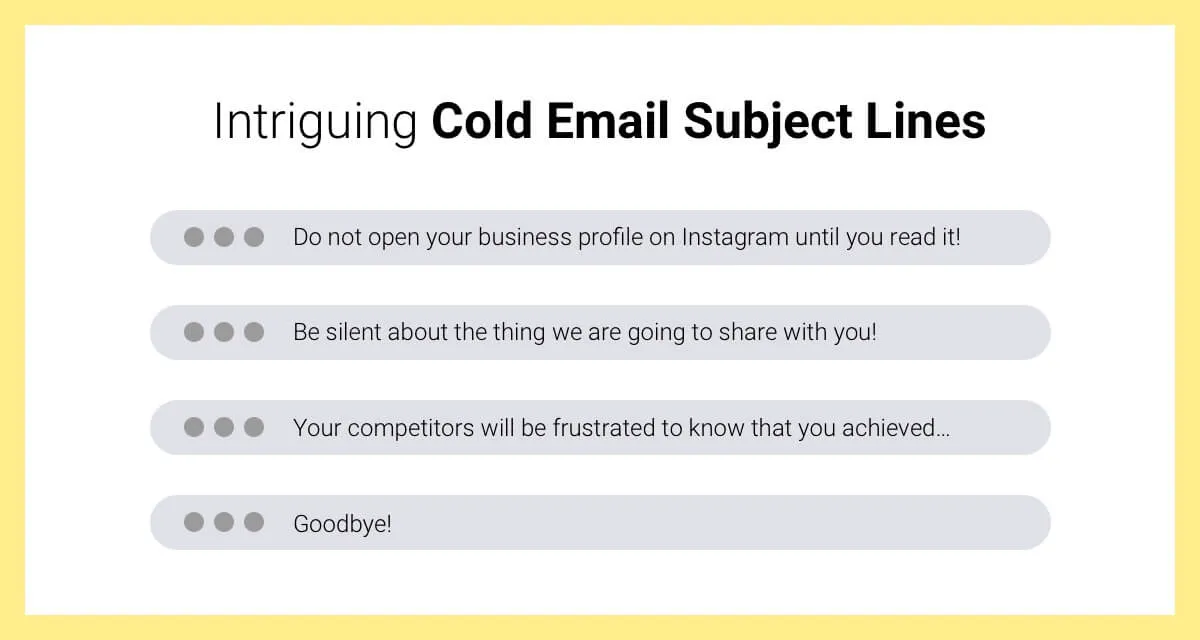
Writing an effective cold email subject line is crucial because it's the first impression you make on your recipient. A compelling subject line determines whether your email is opened or ignored.
The goal is to pique the recipient's interest without sounding spammy or overly sales-oriented.
Let's dive into how to craft a subject line that stands out and gets your email opened.
Understand Your Audience
Before you begin, it's essential to have a clear understanding of who your audience is.
- Research: Look into the recipient's industry, role, and company challenges.
- Relevance: Make your subject line relevant to their current needs or pain points.
Personalized subject lines are 22% more likely to be opened, according to Campaign Monitor. Knowing your audience allows for personalization, which significantly boosts open rates.
Keep It Short and Sweet
Subject lines should be concise to ensure they're fully visible on mobile devices.
- Length: Aim for 50 characters or less so your subject line doesn't get cut off.
- Clarity: Be clear about the email's content. Avoid vague or generic phrases.
With over 46% of emails being opened on mobile devices (Litmus), a short, clear subject line ensures visibility and understanding at a glance.
Offer Value or Spark Curiosity
Your subject line should either promise value or intrigue the reader enough to open the email.
- Value Proposition: Highlight a benefit your recipient will gain by reading your email, .
- Curiosity Gap: Pose a question or a statement that makes them curious about the content.
Humans are naturally inclined to avoid loss. By suggesting a benefit or invoking curiosity, you're tapping into basic human psychology to improve your open rates.
Personalize It
Incorporate personalization beyond just using the recipient's name.
- Specifics: Use specific details relevant to the recipient, such as their company name or a recent achievement.
- Segmentation: Tailor your subject lines based on the segment of your audience to increase relevance.
Emails with personalized subject lines are 26% more likely to be opened (Campaign Monitor). Personalization makes the recipient feel recognized and valued.
Test and Optimize
Finally, continuously testing different subject lines will help you understand what resonates best with your audience.
- A/B Testing: Send two versions of your email with different subject lines to a small segment of your list and see which performs better.
- Analyze and Iterate: Use the insights from your tests to refine your approach.
A/B testing allows you to gather data on what types of subject lines your specific audience prefers, enabling you to tailor your strategy and improve open rates over time.
Example of Cold Email Subject Lines
1. "Alex, See How Our CRM Doubles Sales Efficiency"
- It's personalized with the recipient's name and clearly states a significant benefit (doubling sales efficiency), making it highly relevant for someone in a sales leadership role.
2. "Streamline Your Hiring Process with AI – Learn How"
- This subject line introduces a solution (streamlining the hiring process) and hints at the innovative approach (using AI), sparking curiosity about the "how."
3. "Elevate Your SEO Game – Strategies Inside!"
- It promises actionable value ("Strategies Inside") and uses action-oriented language ("Elevate"), encouraging the recipient to open the email in search of SEO improvements.
4. "Beat the Heat: 5 Cooling Solutions for Your Home"
- It addresses a common problem (heat) with a specific offer (5 cooling solutions), making it appealing for homeowners looking for relief.
5. "Save 10 Hours a Week with Our Productivity App"
- It offers a quantifiable benefit (saving 10 hours a week), making it compelling for busy professionals seeking efficiency.
6. "Avoid These 3 Common Startup Mistakes"
- By highlighting a pain point (common mistakes) and promising a solution, it taps into the fear of failure, motivating startups to learn more.
7. "Unlock Exclusive Marketing Insights for 2024"
- It creates a sense of exclusivity and forward-thinking by offering insights specifically for the upcoming year, appealing to marketers wanting to stay ahead.
8. "Transform Your Workspace with Ergonomic Designs"
- It promises a transformation (of the workspace), suggesting a benefit that is both desirable and tangible, appealing to anyone experiencing discomfort at their desk.
9. "Your Guide to a Zero-Waste Lifestyle – Start Today"
- It offers a guide to achieving a specific lifestyle goal (zero-waste), making it appealing to environmentally conscious individuals looking for actionable steps.
10. "John, Cut Your Team's Workload by 20% With Our Tool"
- This subject line is personalized, concise, and directly addresses a common pain point (reducing workload), making it compelling and likely to be opened.
How to Write an Effective Follow-up Cold Email
Writing a follow-up cold email is a critical step in engaging your prospects after the initial contact. The aim is to remind them of your previous communication gently, reinforce the value you offer, and persuade them to take action.
Here's an in-depth look at how to achieve this effectively.
Introduction to Follow-up Strategy
The key to a successful follow-up cold email lies in persistence and relevance. Following up shows you're genuinely interested in offering value, not just making a sale.
However, it's crucial to strike the right balance to avoid seeming pushy.
- Timing is Everything: Wait for 3-5 days after your first email. This gives the recipient enough time to read your initial message but keeps you top of mind.
- Reference Your Previous Email: Begin by mentioning your previous email to jog the recipient's memory.
Why Timing and Context Matter
A follow-up email sent too soon can annoy the recipient, while one sent too late can lose its impact. Referencing the previous email provides context and shows continuity in your communication.
Crafting the Body of Your Follow-up Email:
- Reiterate Your Value Proposition: Briefly remind them of the benefit or solution you're offering, tailored to their needs or challenges specific pain point.
- Be Concise: Keep your message clear and to the point. The goal is to make it easy for them to understand why they should engage.
- Personalization is Key: Address the recipient by name and include specific details that show you've done your homework.
Reinforcing your value proposition helps clarify what's in it for them. Conciseness respects their time, and personalization makes the message feel more like a continuation of a conversation rather than a cold pitch.
Call to Action (CTA):
- Make It Clear and Actionable: Your CTA should be straightforward, suggesting a clear next step, like scheduling a call or asking for feedback.
- Offer Alternatives: Sometimes, providing a secondary option can make it easier for the recipient to say yes.
An effective CTA removes ambiguity about what to do next. Offering alternatives increases the chances of a response by accommodating different levels of interest or availability.
Closing Your Email:
- Express Appreciation: A simple thank you can go a long way in building goodwill.
- Sign Off Professionally: Use a professional closing followed by your name and contact information.
Expressing appreciation acknowledges their time and consideration, fostering a positive impression. A professional sign-off reinforces your credibility.

23 Ready To Use Cold Email Templates for Various Scenarios

Lead Generation Cold Email Template
1. Introduction to Service/Product
2. Free Trial Offer
3. Webinar Invitation
4. Ebook or Resource Offering
5. Survey Participation
Sales Pitch Cold Email Template
6. Product/Service Highlight
7. Case Study Showcase
8. Discount or Special Offer
9. Product/Service Comparison
10. Follow-Up on Demo or Meeting
Networking Cold Email Template
11. Event Follow-Up
12. Industry Insight Sharing
13. Request for Advice
Partnership Outreach Cold Email Template
14. Collaboration Proposal
15. Affiliate Program Invitation
16. Sponsorship Proposal
Feedback Request Cold Email Template
17. Post-Purchase Feedback
18. Beta Test Invitation
19. Service Improvement Survey
General Follow-Up Cold Email Template
20. Second Follow-Up
21. Last Attempt
22. Holiday Greetings
23. Anniversary Acknowledgment
Cold Emailing Strategies to Maximize the Open Rate
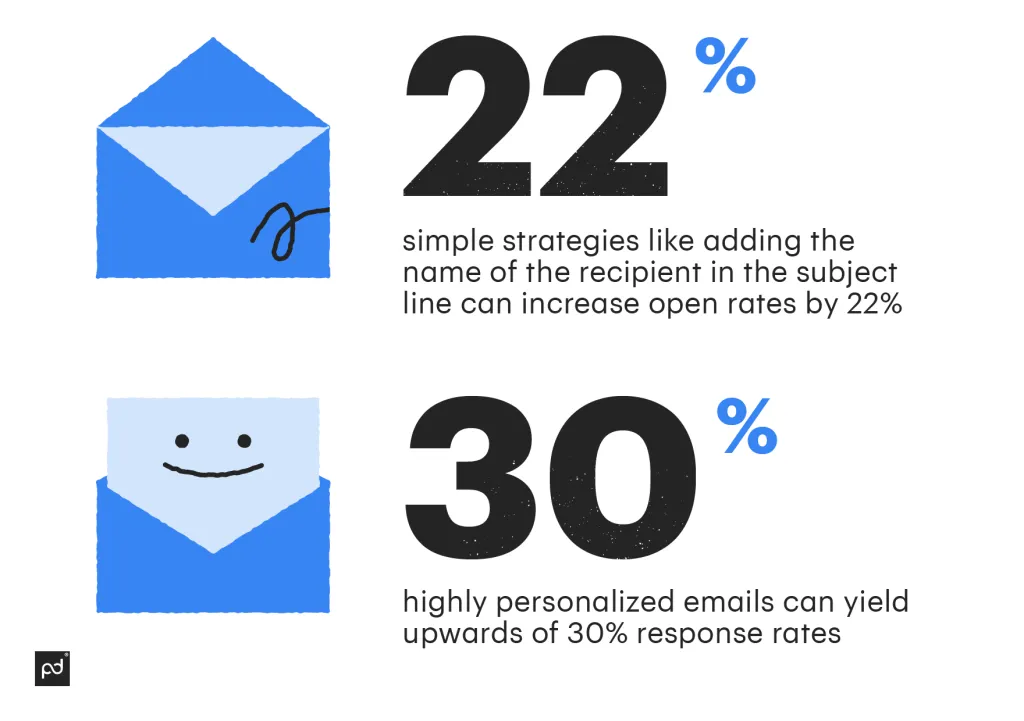
Maximizing the open rate of your cold emails is crucial for the success of your cold email outreach efforts. A higher open rate not only signifies that your emails are reaching your intended audience but also increases the chances of your message being read and acted upon.
Here are strategic approaches to ensure your cold emails stand out and encourage recipients to open them:
1. Segment Your Audience
When you begin to write cold emails, understanding that not every recipient is the same, and neither should be your approach in reaching out to them.
- Tailor Your Messages: Use audience segmentation to group your recipients based on industry, role, interest, or past interactions. Customize your emails to address the specific pain points or interests of each segment.
- A/B Testing: Use segmentation to test different subject lines, messages, and send times for your first cold email campaign to find the most effective combination for each group.
2. Leverage Email Preheaders

The preheader text is the snippet of content that follows the subject line when an email is viewed in the inbox. It acts as a secondary subject line and can significantly impact open rates.
- Extend Your Message: Use the preheader to complement your subject line, offering additional incentives to open the email.
- Keep It Relevant: Ensure the preheader adds value and gives the recipient more reason to open the email.
3. Ensure Your Sender's Reputation Is Solid
Your sender's reputation influences whether your emails reach the inbox or get relegated to the spam folder.
- Maintain a Clean Mailing List: Regularly remove inactive or unengaged subscribers to improve your engagement rates and sender score.
- Authenticate Your Emails: Use SPF, DKIM, and DMARC to authenticate your emails, signaling to ISPs that your messages are legitimate.
4. Follow Up Intelligently
Persistence pays off, but there's an art to following up without being intrusive.
- Space Out Your Follow-ups: Give recipients enough time to respond to your first email before sending a follow-up. A week is a standard waiting period.
- Add New Information: Each follow-up should provide additional value, such as new insights, offers, or compelling reasons to engage.
5. Use Social Proof in Your Emails

Incorporating social proof into your email content or even your subject lines can significantly increase your open rates. People are more likely to engage with emails that demonstrate others have benefited from what you're offering.
- Mention Recognizable Clients: If you've worked with well-known companies, mentioning them can lend credibility.
- Share Success Stories: Briefly highlight case studies or testimonials in your email to build trust.
6. Implement Trigger-Based Email Campaigns
Trigger-based emails are sent in response to specific actions taken by your prospects, ensuring your messages are timely and relevant.
- Leverage Behavioral Data: Send emails based on website interactions, such as visiting a particular blog post or downloading a resource.
- Automate for Efficiency: Use marketing automation tools to send these emails promptly when the trigger action occurs.
7. Focus on Email List Hygiene
Regularly cleaning your email list ensures that your messages are sent to engaged and interested recipients, improving overall open rates and reducing the risk of being marked as spam in your cold email campaigns
- Remove Inactive Subscribers: Identify and remove subscribers who haven't engaged with your emails over a defined period.
- Verify Email Addresses: Use email verification tools to ensure that your messages are being sent to valid addresses.
8. Leverage AI and Machine Learning
Artificial intelligence and machine learning can analyze vast amounts of data to predict the best times to send emails, the most effective subject lines, and even the content that will resonate most with your audience.
- Predictive Analytics: Use AI tools to analyze past engagement data and predict future behavior, allowing for more targeted email campaigns.
- Personalization at Scale: AI can help to write a personalized cold email in more sophisticated way, beyond just using the recipient's name.
Best Cold Email Software to Use
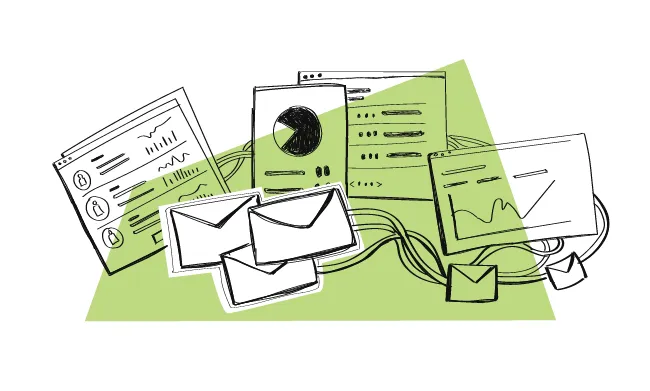
1. Mailchimp
Known for its user-friendly interface, Mailchimp offers extensive email campaign management features, including automation, personalization, and detailed analytics. It's suitable for businesses of all sizes looking to scale their email marketing efforts.
2. HubSpot Sales
HubSpot Sales is part of the larger HubSpot ecosystem, providing seamless integration with CRM functionalities. It excels in automating and personalizing email sequences, tracking email opens and clicks, and enabling sales teams to optimize their outreach strategies.
3. Sendinblue
Sendinblue is a versatile platform that combines email marketing services with SMS messages. It offers a robust automation builder, detailed segmentation capabilities, and transactional email features, making it a great choice for businesses looking to engage their audience across multiple channels.
4. Yesware
Yesware is tailored for sales professionals, offering email tracking, meeting scheduling, and a comprehensive suite of sales tools directly from your email client. Its analytics and reporting features help sales teams measure and improve their effectiveness.
5. Lemlist
Lemlist stands out for its ability to send personalized cold emails at scale. It allows users to add personalized images and videos to their emails, significantly increasing engagement rates. Lemlist also provides detailed campaign analytics to track performance.

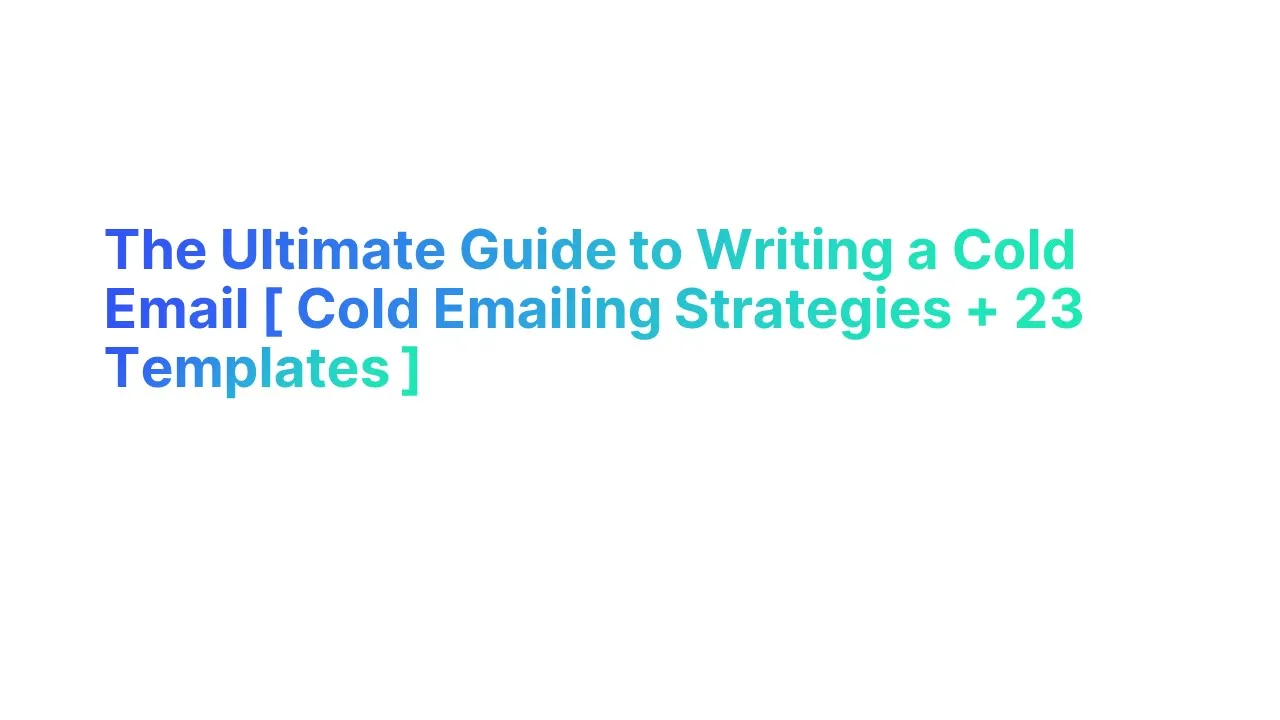



.webp)

